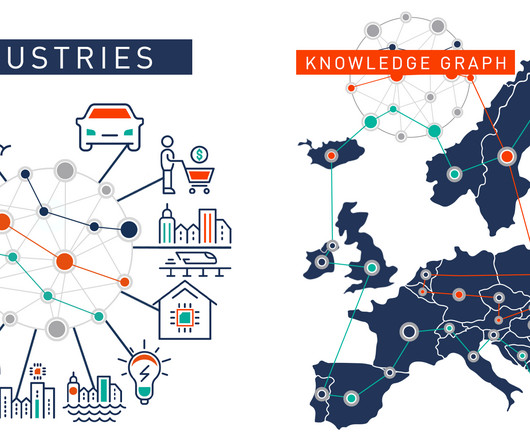Top Graph Use Cases and Enterprise Applications (with Real World Examples)
Ontotext
MARCH 8, 2023
Graphs boost knowledge discovery and efficient data-driven analytics to understand a company’s relationship with customers and personalize marketing, products, and services. With the size of data and dropping attention spans of online users, digital personalization has become one of the top priorities for companies’ business models.















Let's personalize your content